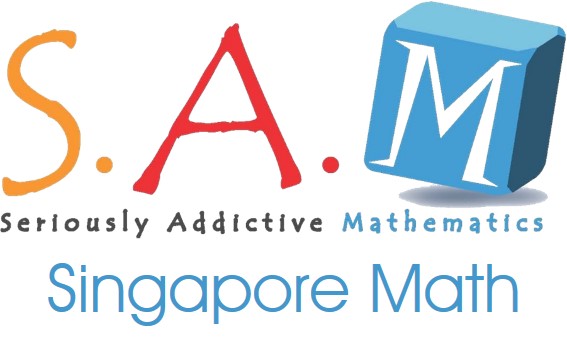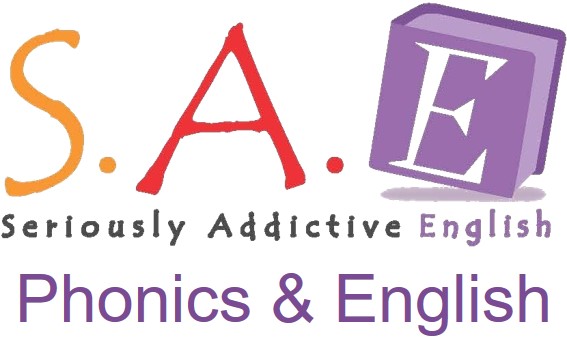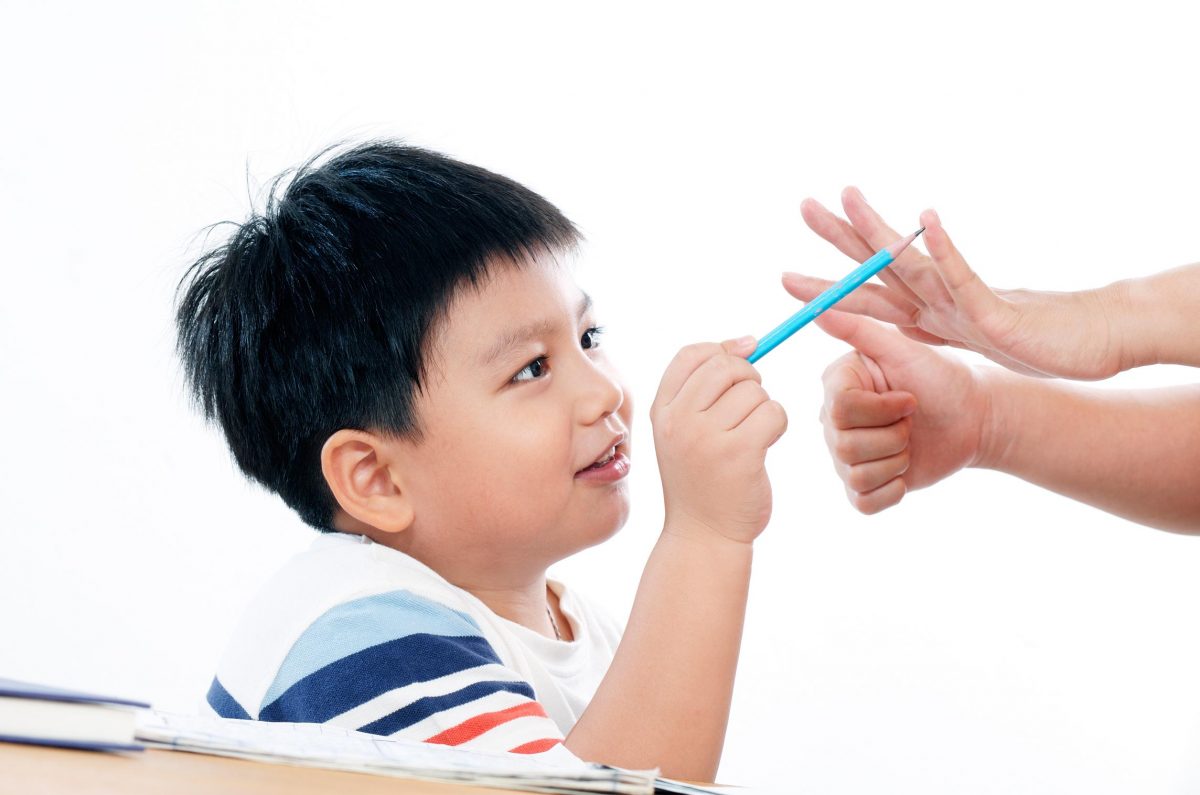We all are aware that mathematics is a subject that deals with study of shapes, numbers and patterns. It is an abstract subject and the approach needs to be creative to solve it. As parents, somewhere deep down inside, we all want our children to be good at mathematics; meaning good at “problem solving” and “critical thinking”. But the question that immediately springs up is “How to make our children problem solvers and critical thinkers?”
Before delving into this we should first understand what is a) problem solving and b) critical thinking and why we associate it with mathematics. The simple answer is that mathematics is all about logic and logic comes from thinking i.e. exercise of mind.
When we face obstacles and challenges while executing a task and carve out a way to deal with those difficulties, we solve a problem. This is called problem solving. There are certain attributes of a task which determines whether it is a difficult one or not.
- The task should be a new one. A person should not have done it before.
- It should be sufficiently difficult so as to challenge the current abilities of the person.
- The task to be executed should not have passed the stage of learning of the concerned individual.
The same can be explained through an Experiment:
Age of the sample participant : A 3 year old toddler
Skill present : Rote counting
Task : To find out sum total- addition
Level : Difficult- have never attempted addition
Experiment : First 1 yellow colored teddy bear is placed on the table and the child is asked to count. Thereafter 2 red colored teddy bears are placed on the table and the child is asked to count red ones. The toddler is then asked to find out the total number of all the teddy bears.
Execution : The toddler first looks at the bears with inquisitiveness, holds and plays with them. Thereafter places them back on the table and counts 2 reds and 1 yellow respectively. The trainer intervenes and asks probing questions like
“We see 1 yellow and 2 red teddy bears on the table but if we want to know the total number of teddy bears what shall we do?
How many teddy bears are there in all, on the table?
You counted 1 yellow teddy bear and 2 red teddy bears but if we want to know how many are there are all together what shall we do?
If we count all the teddy bears together how many they would add upto?”
The toddler once again starts counting teddy bears, slowly moves the index/pointer finger from the first teddy bear to the second one, pauses for few seconds and ponders and thereafter moves from the second teddy bear to the third one and eventually comes up with the correct answer.
Observation : Given the toddler had never counted 2 different colored manipulatives together it is posed as a challenging task. The experiment was close to introduction of addition concept. The trainer used other synonyms of the word “total” like “in all”, “together” and “add upto” to make the toddler think and understand the task.
Note : The toddler encountered with 2 different colored manipulatives for the first time and with the help of probing by the trainer could find out the total of teddy bears. The toddler was aware of the concept of rote counting and used it to find out the total. The task was ahead of the stage of learning of the toddler but by using the technique of rote counting could find out the solution.
If we conduct the above experiment with a 15 year old, it will not be problem solving scenario because the teen will not find it challenging. There would not be any struggle of thoughts to come to an answer. Also the teen would have passed this learning stage and finding total would be just an “instrumental function” of the brain now.
Also, when we develop the ability to visualise problems we are investing our time in thinking. This process of exercising our mind makes us thinkers. Thinking is a process which can be achieved only with regular practice. When we are thinking we are collating all the data in our mind, organizing it and evaluating various mathematical tools to be used for representing the same. This process is termed as “Critical Thinking”.
A problem gets solved only when we think of ways of solving it. Therefore problem solving and critical thinking is very important. It is not only crucial for mathematics but also in our day to day life. Each day unfolds with new surprises and challenges. Doing mathematics in the right way will also allow us to deal with life’s uncalled for situations and difficulties. Doing rote based learning will not make our mind prepared for the future.
Skills like a) computing fast and b) rote learning of tables and formulas, though a good skill to have, can be easily done by gadgets too. With the advancement of technology, the dependency on memory has reduced significantly and the above mentioned skills (fast computation and rote learning) constitute “Lower Order Thinking” where we are using less of human talent, i.e, our mind and treating our brain more like an instrument and performing structured tasks without much application of our mind.
Skills like
a) Reading and Understanding of a problem,
b) Filtering of relevant information and facts,
c) Visualising the facts in mind,
d) Reasoning the facts by way of analysing and evaluating the circumstances and constructing logical arguments,
e) Portraying the facts in a pictorial form,
f) Coming to the conclusion of the problem,
g) Trying out other ways to solve the same problem and
h) Expressing it verbally and in written form
constitute “Higher Order Thinking” and make our children problem solvers and critical thinkers.


